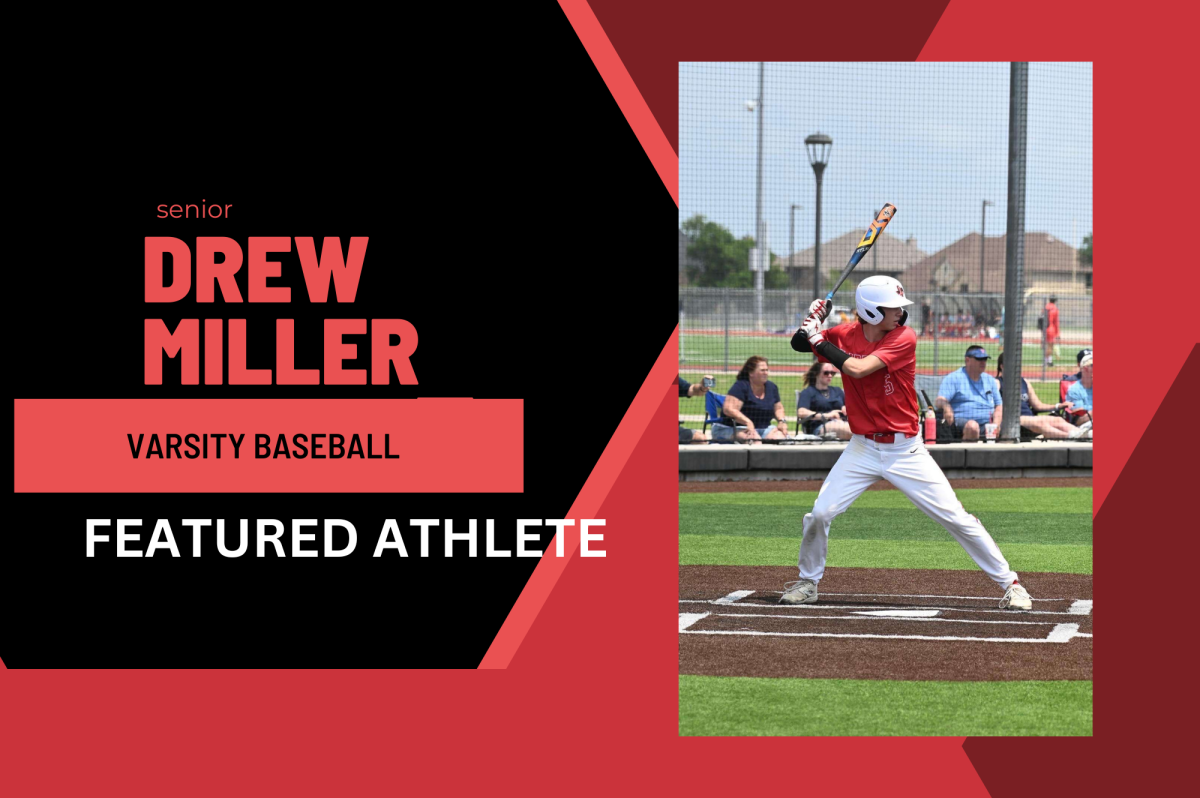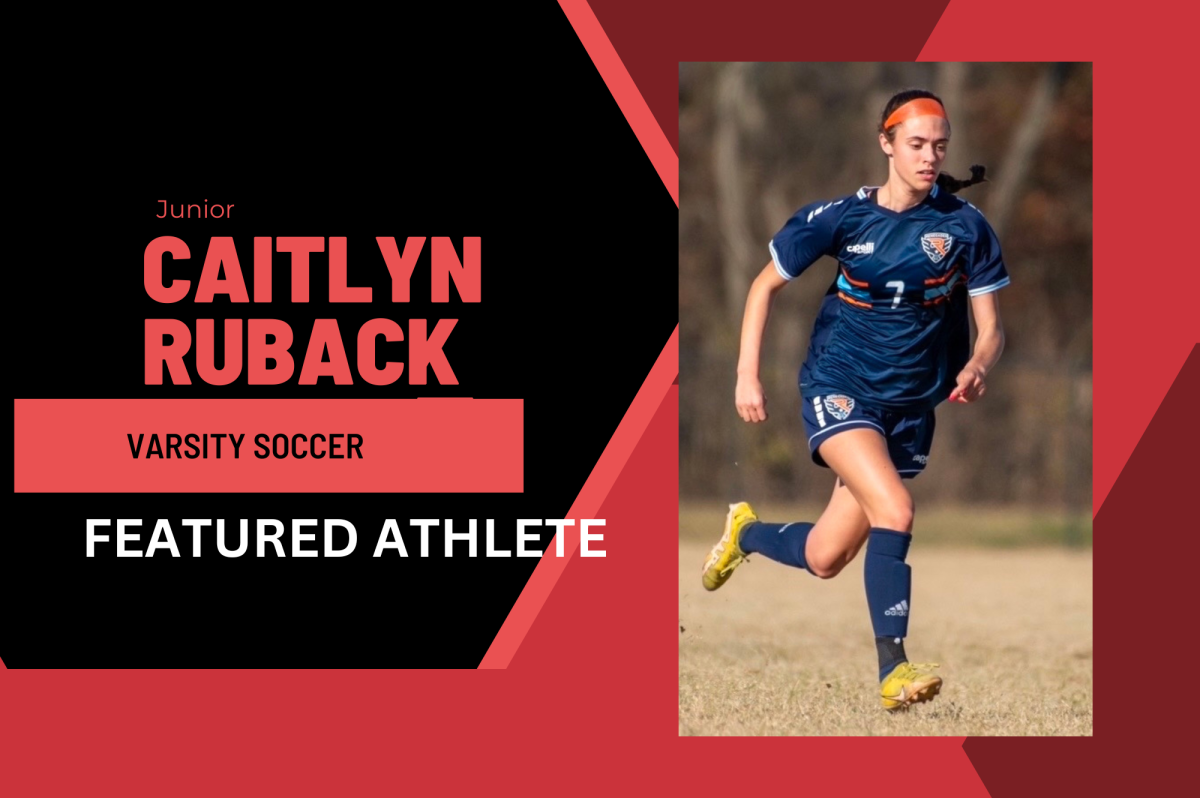Staff and students take a crack at hybrid learning
After being completely virtual the first three weeks of school, Friday brought an end to the first week of face-to-face instruction in Frisco ISD for approximately 900 students on campus. However, some students are taking a crack at hybrid learning, meaning they will take classes with a mixture of both virtual and F2F components.
September 11, 2020
After being completely virtual the first three weeks of school, Friday brought an end to the first week of face-to-face instruction in Frisco ISD for approximately 900 students on campus.
However, some students are taking a crack at hybrid learning, meaning they will take classes with a mixture of both virtual and F2F components.
For teachers, this has meant they have had to do a lot of prep work beforehand in order to give both their face-to-face and virtual academy students the same experience.
“Since VA students can only come in a few times, I am having to search for virtual ways that they can experience what my F2F kids are doing in the lab,” CTE medical microbiology teacher Kimberly Burch said via email. “Sending videos of lab set ups, and posting results produced by other students for the VA students to analyze, is about as close as I can get to making the experience ‘real’ for them, [which] takes a lot of time and effort!!”
In order to follow all CDC guidelines, classes have adopted new protocols to ensure the safety of students and staff along with still providing a stable learning environment for students.
“[Class sizes have been limited] so there are only nine students in my EKG class so it’s easier to social distance,” senior Gabby Salazar said. “My class is three hours long, so our teacher allows us to go on two breaks [during the duration of class].”
Some classes, which usually have 30 or more students in the virtual learning format, have had to divide the students into groups in order to abide by the FISD guideline limiting the number of students in one class.
“To complicate the matter, we are required to keep the number of VA students coming to the classroom for their 3-4 visits [per the nine-week grading period], to 20 students or fewer. Dividing the classes into two separate groups that come in on different days of the week has proven doable, but not easy,” Burch said. “The asynchronous lesson for the students at home is different than the synchronous lesson done with the students on campus. This means two different lesson plans for the same class, each time VA kids come to campus.”







